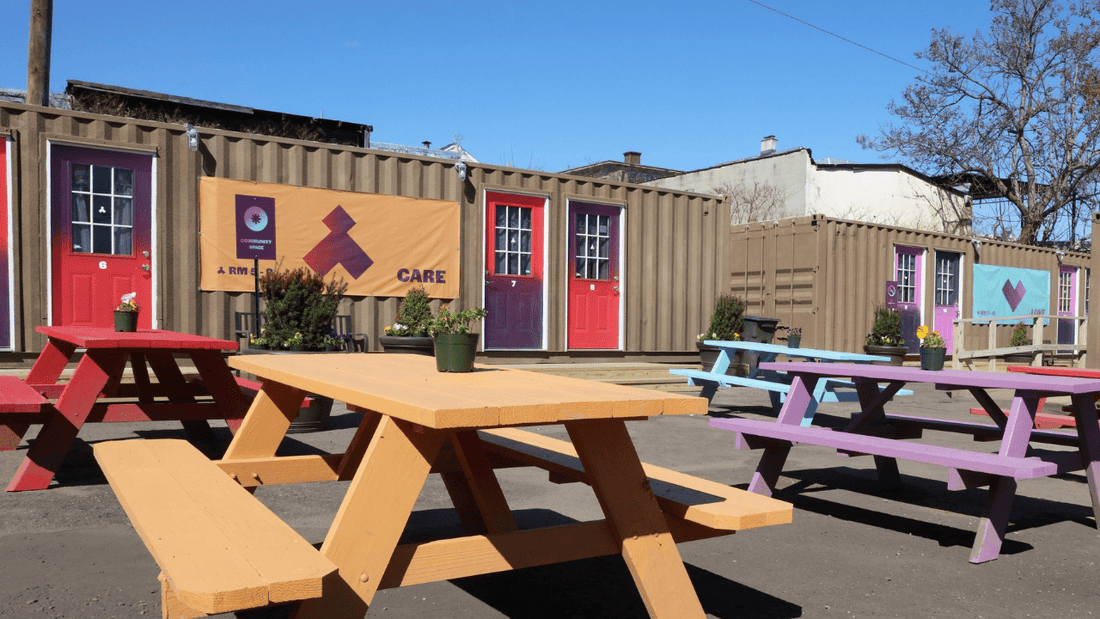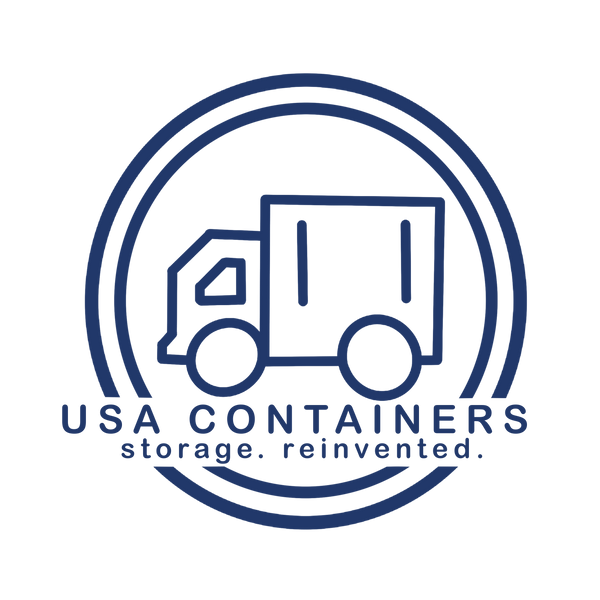
Turning Shipping Containers into Temporary Housing in Newark
Share
When Newark Mayor Ras J. Baraka cut the ribbon on Hope Village II at 51–63 Elizabeth Avenue in January 2024, he didn’t just open a facility—he expanded on a forward-thinking experiment in temporary housing. This "come as you are" bridge community built with shipping containers offers a dignified, service-driven approach that genuinely supports people experiencing chronic homelessness.
A Low‑Barrier Community with Real Impact
Hope Village II builds on the success of the original Hope Village. Its low-barrier model has helped 53 residents transition into permanent homes. Encouraged by those results, Mayor Baraka instructed his Office of Homeless Services to replicate and expand the concept.
What makes this approach stand out is its reliance on individuals with firsthand experience. Residents from the first village contributed ideas during design and planning, while architects, social services staff, and local partners helped shape it into a holistic support environment.
Hope Village in Newark, New Jersey
Why Use Shipping Containers as Temporary Housing?
Converted shipping containers are a cost-effective solution. Completely ICC‑certified, the village is built from twelve units arranged into four clusters that house 20 chronically homeless Newark residents. Each shipping container is reconfigured into dorm-style rooms, paired with private showers, communal areas, and a small administrative office. The design creates both privacy and community.
More Than Shelter: A Community of Support
In addition to beds and bathrooms, Hope Village II offers residents a variety of on-site services. There’s a multipurpose room for classes, computer access, and case management. Outside, community gardens, greenhouses, and even aeroponics workshops promote food education and engagement. Residents aren’t just sheltered—they’re learning, growing, and being reintegrated into the community.
The project reflects Newark’s "Path Home" strategy—a data-driven, three-year plan aimed at eliminating chronic street homelessness. In just one year, Newark cut its unsheltered homeless population by 57.6 percent. Hope Village II is a key element in that bold, compassionate effort.
Community Collaboration Powers the Project
A coalition of public agencies, local nonprofits, and private companies helped turn the shipping containers into homes. YouthBuild Newark trained students in carpentry and demolition, who then installed flooring, assembled furniture, and painted interiors and exteriors. Rutgers Equity Alliance for Community Health (REACH) tends the gardens and facilitates nutrition education. The Nature Conservancy donated 30 evergreens, 37 shrubs, and 16 ornamental trees, converting hardscape into habitat.
Support came from Hudson and HUD as well. Acting HUD Newark Field Office Director Carleton K. Lewis confirmed federal funding for the initiative via the HUD Office of Community, Planning & Development, reinforcing it as part of a broader plan to increase affordable housing.
Home and Health
Ensuring new residents stay well was a priority. RWJBarnabas Health stepped in, funding furniture and technology, equipping the spaces with couches, chairs, computer stations and internet access. Their designated community health workers offer medical and mental health support, helping residents prepare for more stable lives.
Port Newark Container Terminal also pitched in. Chair Jim Pelliccio contributed funding and logistical know‑how, ensuring shipping containers were modified safely and outfitted with internet for connectivity.
Structure, Strategy & State Collaboration
New Jersey’s Department of Community Affairs Assistant Commissioner Janel Winter highlighted how Hope Village II fits into a statewide commitment: “It truly provides a bridge to permanent housing and better health for those in need.” Assembly Budget Committee Chair Eliana Pintor Marin added that state funding in the FY 2024 budget shows New Jersey’s pledge to restoring dignity and resilience to vulnerable populations.
Bloomberg Associates also continued their consulting role following Hope Village I, bringing global expertise and helping Newark refine the shipping container housing concept.
Key Benefits of Shipping Container-Based Housing
-
Speed and affordability – Shipping containers can be repurposed far more quickly and cheaply than conventional buildings.
-
Sustainability – Recycling surplus shipping containers reduces waste and supports Newark’s green goals.
-
Scalability – The modular nature allows flexibility: it’s easy to add clusters if demand grows.
-
Dignity and privacy – Residents enjoy private showers and rooms—a basic, respectful start.
-
Built-in support – With offices, workshops, healthcare, gardens and educators on-site, the model eases the transition to permanent housing.
Beyond Newark: A Model Worth Following
Newark’s Hope Village II offers a compelling template for other cities grappling with unsheltered homelessness. The combination of resident-informed design, private and public partnerships, modular and sustainable structures, and on-site services creates a replicable model. And because the first village helped 53 people into permanent homes, the new iteration stands on proven results.
Looking Ahead
Hope Village II isn’t the end—it’s a milestone. Newark plans to track resident outcomes, refine the model, and expand further along the “Path Home.” With community input, ongoing public‑private engagement, and support from HUD, Rutgers, YouthBuild, Nature Conservancy and more, this bridge housing community sets a standard in respect, efficiency and impact.
Shipping containers might seem unconventional, but in Newark they’ve become models of dignity, transformation and hope. With privacy, safety, services and real pathways to stability, Hope Village II proves that smart design plus community collaboration can move mountains—one shipping container at a time.
Fill out the form below for a free shipping container quote from USA Containers:
